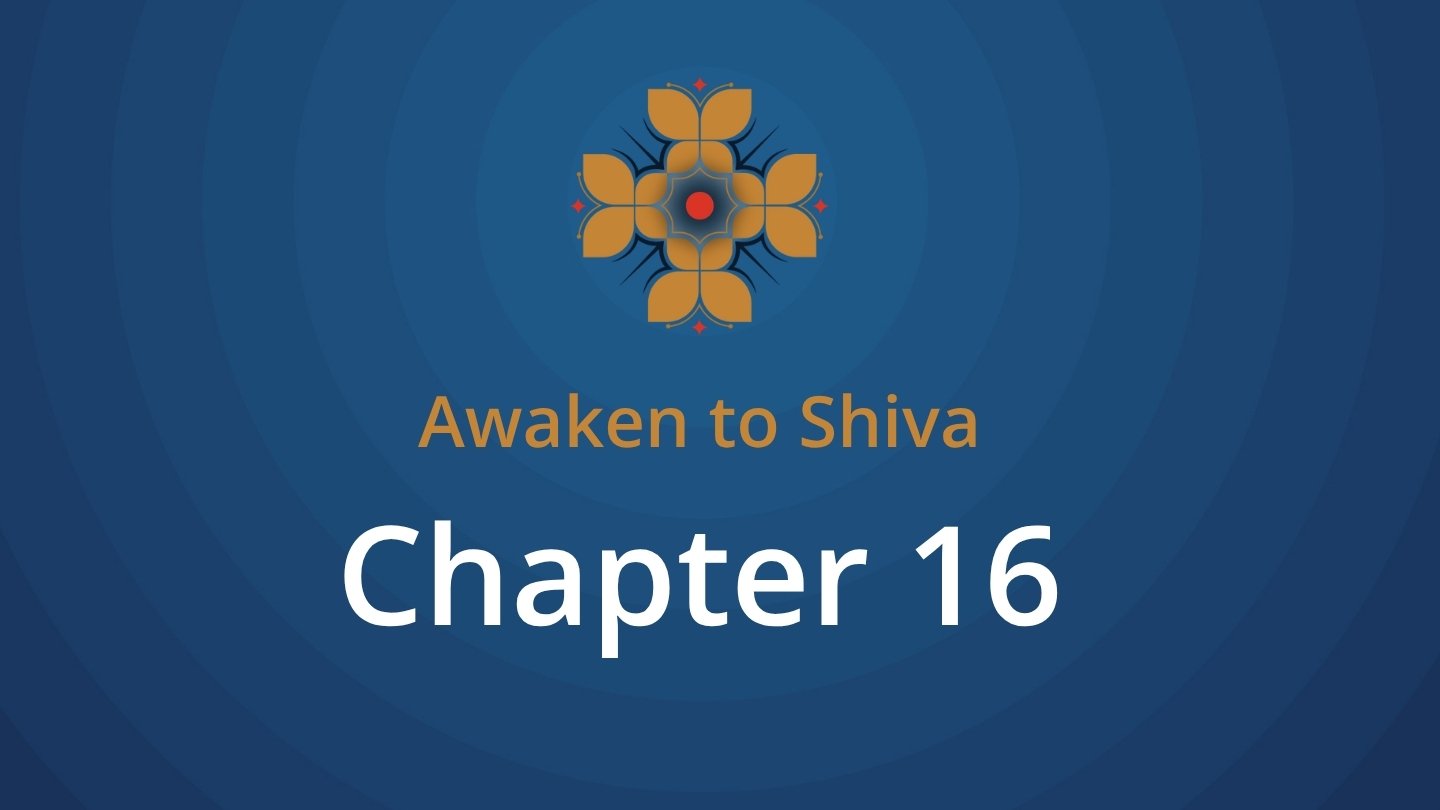Home » All Chapters » Chapter 16 - Shivji's Dual Grace: Linga and Form

Nandikeshwar continued the story. Brahma and Vishnu, now free of pride, stood silently before Shivji-one at his right, the other at his left-with hands folded in reverence.
Together with their divine families, they seated Shivji upon a throne adorned with jewels and offered a loving puja. Necklaces, anklets, garments, and fragrant sandalwood paste were placed at his feet. Shivji accepted with a smile that lit the universe.
Then, in a gesture of boundless kindness, Shivji distributed the prasadam to all-from the devatas to the humblest beings. This was more than generosity; it was a lesson: true divinity lies in sharing, in uniting all under the light of grace.
Seeing their humility, Shivji spoke gently, “Your devotion makes this day sacred. Your surrender brings me joy. From now on, this shall be known as Shiv Ratri-the night I appeared as the pillar of fire. Those who worship the Lingam-symbol of my formless nature-and my Vigraha-symbol of my manifest form-on this night shall be dearer to me than even Kartikeya. They shall be blessed with the power to create, sustain, and lead.”
He continued, “Fasting and praying with a pure heart on this night brings the blessings of a whole year of devotion. Even seeing my form on this day grants immense grace and removes life’s deepest obstacles.”
Shivji then revealed: “The pillar of flame that appeared shall forever be known as Arunachala-a sacred tirtha where my presence endures. Whether one lives or dies in this sacred place, liberation is assured. Every act of worship here will be magnified. Arunachala shall offer both worldly joy and ultimate freedom.
” Turning to Brahma and Vishnu, Shivji said, “I exist in two forms-Sakal, the finite form worshipped through Vigraha, and Nishkal, the formless infinite honored through the Lingam. No other deity holds this dual nature. Both are me, yet I am beyond them-eternal, without origin or end. Your pride arose from not understanding this. True divinity lies not in power, but in humility.
” He concluded, “The Lingam is my highest form. It represents the infinite and the ungraspable. Worshipping it brings joy in this world and freedom beyond. To establish even one Lingam on Earth draws me close. And to surrender completely to it is to become one with me.
” At that moment, Shivji restored to life all the warriors who had fallen in the battle between Brahma and Vishnu’s armies. Peace returned. The devatas sang his praises, voices full of devotion.
Shivji spoke once more: “Let go of your ego. Fix your hearts on me. The universe is my divine play, and I am the soul in all things-visible and invisible.”
Bathed in divine light, the assembly resounded with hymns. In that stillness, they understood the eternal truth: Shivji is the infinite essence that unites all of creation. on.
When Brahmaji and Vishnuji set aside pride and offered pure devotion, Shivji revealed the deepest secret of all: that he is both with form and without, worshipped as Vigraha and as Lingam, yet truly beyond both. As Ramana Maharshi said of Arunachala, “To think of it is to abide in its grace.” This is the essence of Shiv Ratri-the night when formless light took visible shape, not to dazzle, but to humble.
Shivji teaches that the Divine is not bound by temples or names, but opens to a heart emptied of ego. A single diya lit in love becomes a step toward liberation. To worship the Lingam is to bow to the ininite-not with fear, but with longing.
And when that longing is sincere, Shivji comes close-not as a distant god, but as the very Self within. This is the sacred paradox: the boundless becomes near through love.
The ShivPuran offers two beautiful meanings for Shiv Ratri.
In Parvati Khand, it celebrates the divine marriage of Shivji and Parvati-symbolizing the harmony of love and renunciation, the balance of masculine and feminine energies.
In this chapter, however, Shiv Ratri marks the night Shivji appeared as the ininite lame, humbling Brahma and Vishnuji. Here, the night becomes a moment of deep surrender-where the devotee seeks union with the formless divine.
These dual meanings remind us that the spiritual path is not one-sided. It weaves together devotion and transcendence, intimacy and stillness-just like Shivji himself.
Explore more of Shivji’s divine essence::
🎧 Listen to the podcast
📖 or order the book to sit with this sacred teaching in your own quiet time.